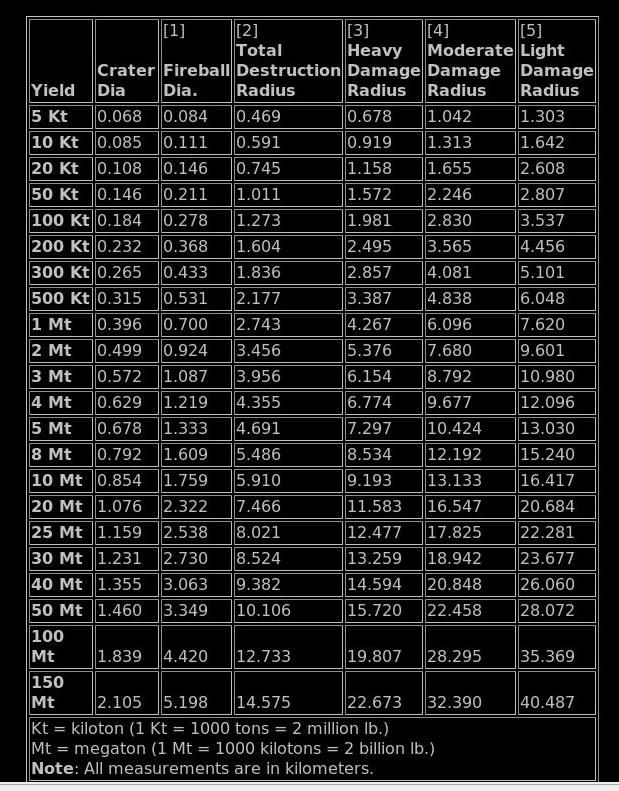nachiket wrote:
What applies to India must apply to Pak as well. Their devices had fizzled worse than ours in 98 and they haven't tested again just like us
Not at all. The Pakis, PRC and NoKo are a commonwealth of nuclear weapons development. The Paki program has advanced in two ways since 1998:
1) At least two plutonium-producing reactors have come online in TSP with Chinese help. The devices tested in Chagai hills were Pu devices supplied by the Chinese. It was AQK's own HEU devices that "fizzled worse." The capability indicated is obvious: with Khushab producing at least 22kg of weapons grade Pu per year, the Pakis have incorporated a Pu-based weapons production line. All of this is AFTER their last "official" test in 1998. They don't need to test because they're using proven Chinese designs and know-how to build Pu devices. India has no such advantage.
2) The Uranium device designs in Pakistan's arsenal continue to be improved by data from NoKo tests in 2006, 2009 and 2013 (plus a couple of possible sub-kiloton tests in 2010, see
http://www.nature.com/news/isotopes-hin ... est-1.9972). Of these, only the first has been considered a "fizzle."
It does not matter what the
absolute yields from these NoKo tests were (even though you're wrong on that; while the SoKos with their obvious motives to downplay the test came up with a public announcement of 6-8 kT estimate, other estimates have been as high as 20 kT.) The point about North Korea's weapons program is not the specific yields per test, but the fact that it is based on very little intrinsic capacity to generate WGU (and almost no capacity to generate Pu.) The NoKos aren't interested in testing to produce big bangs for a political statement. They are interested in scale-able designs that provide the largest possible yield with very little uranium, more so than wasting absolute quantities of uranium on super high-yield tests. The idea is that, once efficiency is established (something that was lacking in AQK's 1998 designs), low-yield test models can be scaled for U-based weapons of much higher yield. Pakistanis are very interested in this knowledge to improve their own HEU devices... and they have full access to it from the NoKo tests. So yes, Pakistan HAS in effect tested at least three times since 2006.
Thus the "distributed testing" (like "distributed computing") of prior Chinese Pu designs, plus ongoing NoKo HEU designs, is something that must be taken into account when assessing where Paki nuclear capability stands at any point in time.
In the face of this India has been standing stock-still. We do not test. Nobody else does our testing for us. We have our 20 kT fission device, period.
ShauryaT wrote:True it is a stretch to say MMS hesitated due to deterrence advantage of TSP. The IA has a very specific view of TSP nuclear capabilities and intentions.
I submit that IA's view of TSP nuclear capabilities and intentions differs qualitatively depending on the information available. When a lot of direct information is available... like in 2001, soon after the Chagai tests and Kargil war... then IA's assessments do not need to rely so much on inferential information. When much less direct information is available about recent developments... such as in 2008, with Pakistan taking full advantage of "distributed testing" for ten years... then IA's assessments must rely much more on inferential information.
In the case of Pakistan, more inferential information vs. less direct information gives Pakistan a deterrence advantage vs. India. That's because of how the Indian foreign policy establishment is conditioned to view Pakistan ("hai hai, crazy fanatical Muslims, they might do anything onlee.") Maybe it is a stretch to say that this ALONE made MMS hesitate to mount a conventional response against 26/11. But can you say with certainty that it was not a factor?
